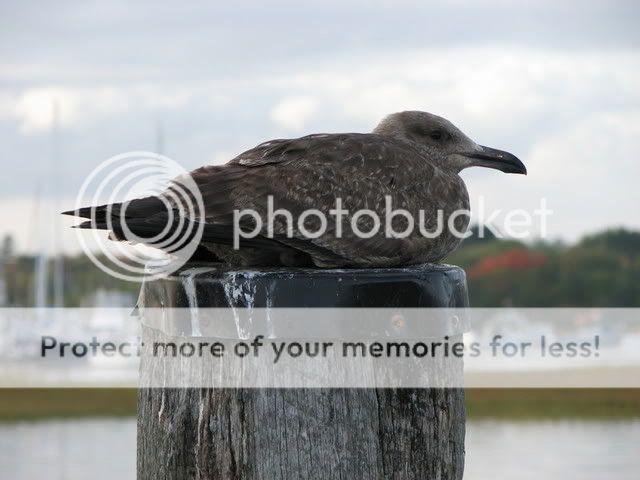KimWDW
Disney Obsessed!
- Joined
- Mar 14, 2005
- Messages
- 1,590
I would love to have a camera that can take pictures where the person in front is clear and the background is blurred (I don't know the correct term for this type of picture). Are there any small point and shoot cameras that can do this? I have an HP Photosmart and it has a setting called Portrait that says it blurs the background... but it really doesn't. I don't even notice a difference between photos taken in Portrait or Auto mode.
My DH wants a new camera. One that's smaller than the Photosmart and can easily fit in his pocket. But I want better pictures. I don't know if those two things are mutually exclusive.
I'd be grateful for any recommendations.
My DH wants a new camera. One that's smaller than the Photosmart and can easily fit in his pocket. But I want better pictures. I don't know if those two things are mutually exclusive.
I'd be grateful for any recommendations.

 Hang around here and you'll learn a lot.
Hang around here and you'll learn a lot.






 I honestly don't see that's it's not 'completely sharp.'
I honestly don't see that's it's not 'completely sharp.'  Seems to me everything that is supposed to be in focus is in focus. Am I missing something>
Seems to me everything that is supposed to be in focus is in focus. Am I missing something>  Since all of you say to be as close to your subject as possible that you mean 'do not extend your lens,' or 'extend your lens as little as possible.'
Since all of you say to be as close to your subject as possible that you mean 'do not extend your lens,' or 'extend your lens as little as possible.'